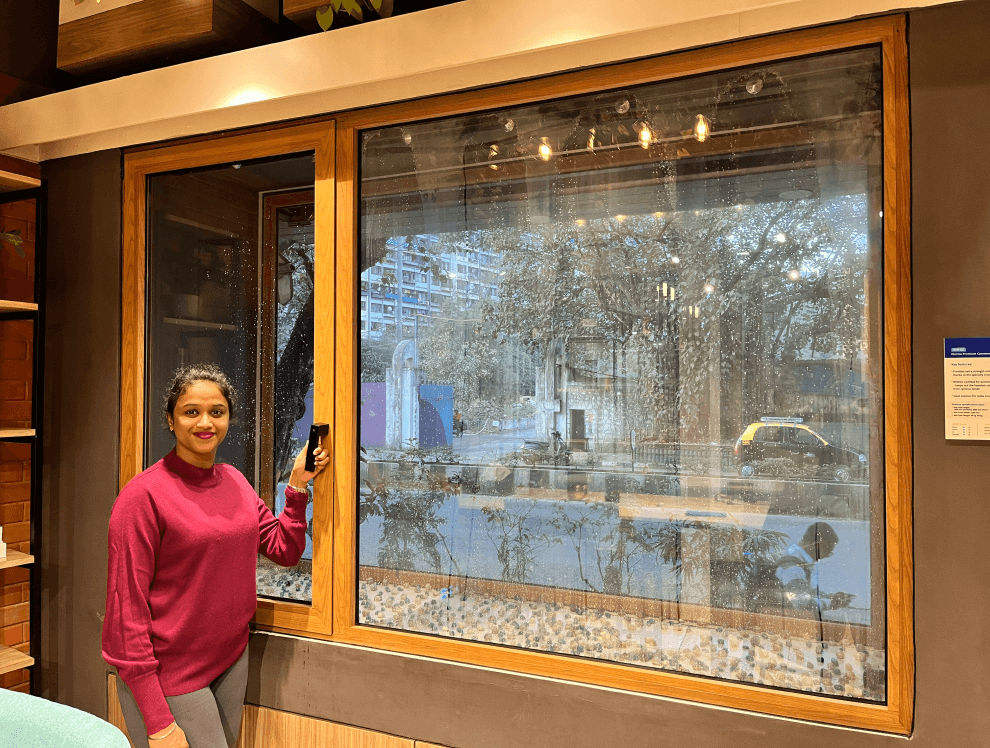
Triple Glazed Windows: Debunking Myths and Revealing the Facts
When it comes to architectural refinement, windows have moved beyond their utilitarian function. They are now essential elements of design—framing not just external views but also internal sensibilities. As conversations around sustainability and thermal comfort evolve, triple glazed windows have gained considerable attention. But amidst the growing interest, a slew of misconceptions have emerged. It’s time to separate fiction from fact.
Is a triple glazed window worth the investment? Does it truly outperform other window types? Let us unravel the truths, address the myths, and explore their place in contemporary luxury living.
What is a Triple Glazed Window?
At their core, triple glazed windows are three panes of glass, separated by insulating gaps—usually filled with inert gases such as argon or krypton. This configuration creates two thermal breaks rather than one, drastically reducing heat transfer, sound transmission, and condensation.
While aluminium double glazed windows have long been considered the standard for energy efficiency, the third pane in a triple glazed system offers enhanced performance, making it particularly desirable in homes where comfort, silence, and sustainability are paramount.
Common Myths About Triple Glazing — Debunked
Despite its growing popularity, the triple glazed window is still surrounded by widespread misconceptions—let us set the record straight.
Myth 1: A Triple Glazed Window is Only for Cold Climates
While it’s true that triple glazing originated in colder regions, its benefits extend far beyond insulation. Enhanced acoustic performance, increased energy efficiency, and reduced condensation make it suitable for urban and tropical climates alike—particularly when integrated into high-performance aluminium window profiles designed for durability and minimal heat gain.
Myth 2: Triple Glazing Makes Homes Dark
This is a common myth. Modern triple glazed units are engineered to allow abundant natural light. With slimline aluminium window frames, one can incorporate expansive glass without sacrificing brightness. High-performance coatings also allow natural light to penetrate while filtering harmful UV rays.
Myth 3: A Triple Glazed Window is Not Worth the Cost
A triple glazed window may come at a higher upfront cost, but their long-term value is significant. Enhanced thermal regulation reduces energy bills over time, and the superior sound insulation provides a quieter, more luxurious living environment—benefits that align with discerning homeowners’ expectations.
The Benefits of Triple Glazed Window
The shift toward triple glazing is not just trend-driven—it’s evidence-based. Here are the key advantages that make glazed windows an investment in comfort and design excellence:
Exceptional Thermal Efficiency
Triple glazing dramatically reduces heat transfer, maintaining a consistent indoor temperature throughout the year. Compared to aluminium double glazed windows, the additional pane improves thermal performance by up to 40%, contributing to both sustainability and savings.
Acoustic Insulation
In a world that rarely pauses, silence is a true luxury. Triple glazed units reduce external noise considerably, making them an ideal choice for city apartments, homes near motorways, or simply for those who treasure serenity.
Condensation Control
Condensation often forms when warm indoor air meets a cold surface. The additional thermal barrier in triple glazed windows minimises this effect, maintaining the clarity of your glass and the integrity of your interiors.
Enhanced Security
With three layers of glass and advanced locking systems, the triple glazed window offers enhanced security. Paired with robust aluminium window profiles, they create a formidable barrier without compromising on style.
Are There Any Drawbacks?
While a triple glazed window offers undeniable benefits, it’s essential to consider certain limitations to ensure it’s the right choice for your property:
-
Weight
The additional glass pane increases the overall weight, requiring structurally sound framing systems—another reason why aluminium window profiles are preferred. Aluminium offers the necessary strength without adding bulk or compromising design aesthetics. -
Cost
Yes, triple glazing costs more than standard glazing. However, discerning homeowners often view this as a long-term investment, balancing upfront expenditure with ongoing energy savings and enhanced living conditions. -
Not Always Necessary
In extremely mild climates, the benefits of triple glazing may not outweigh the costs. Here, high-quality aluminium double glazed windows might suffice, especially if paired with energy-efficient frames and strategic design.
The Role of Aluminium: Strength Meets Aesthetics
In high-performance window systems, the framing material is just as vital as the glass itself. Aluminium has emerged as the preferred choice for luxury residences, offering strength, durability, and unparalleled design flexibility.
Modern aluminium window profiles are thermally broken, reducing conductivity and enhancing energy efficiency. Their slender frames allow for larger panes, making them the perfect companion for triple glazed units. From a design standpoint, aluminium offers finishes ranging from anodised metallics to matte hues, suiting both contemporary and timeless aesthetics.
Summing Up
At Eternia, we believe your windows should do more than let in light—they should reflect your lifestyle, your aspirations, and your architectural vision. Our window and door systems, designed with Duranium™, are engineered for the future. Duranium™ is a revolutionary aluminium alloy that combines extraordinary strength with lightweight flexibility—perfect for supporting the advanced demands of triple glazed windows.
Whether you’re elevating your home’s energy efficiency or seeking tranquillity amidst an urban landscape, Eternia delivers window solutions that do not compromise on beauty or performance. Our aluminium double glazed windows and triple glazed systems are precision-crafted to ensure elegance, resilience, and a seamless living experience.
From expansive views to ultimate insulation—Eternia windows are where form meets function, and innovation meets timeless luxury.
Frequently Asked Questions
Yes, triple glazed window offers enhanced insulation, improved soundproofing, and reduced condensation when compared to aluminium double glazed windows. While the difference may vary depending on installation and materials, triple glazing offers superior performance in most cases.
Absolutely. Aluminium window frames provide the strength needed to support the extra weight of triple glazed panes. Their slim structure also complements the aesthetic of modern glazing, creating a refined finish.
Yes. Triple glazing can be fully tailored to suit various architectural styles. From bespoke sizing to finishes that match specific interiors, they can be integrated into even the most discerning design briefs.
No. With today’s advanced technologies and slender aluminium window frames, triple glazed window can deliver ample daylight without compromising on insulation or style.


 +91 97699 40000
+91 97699 40000











